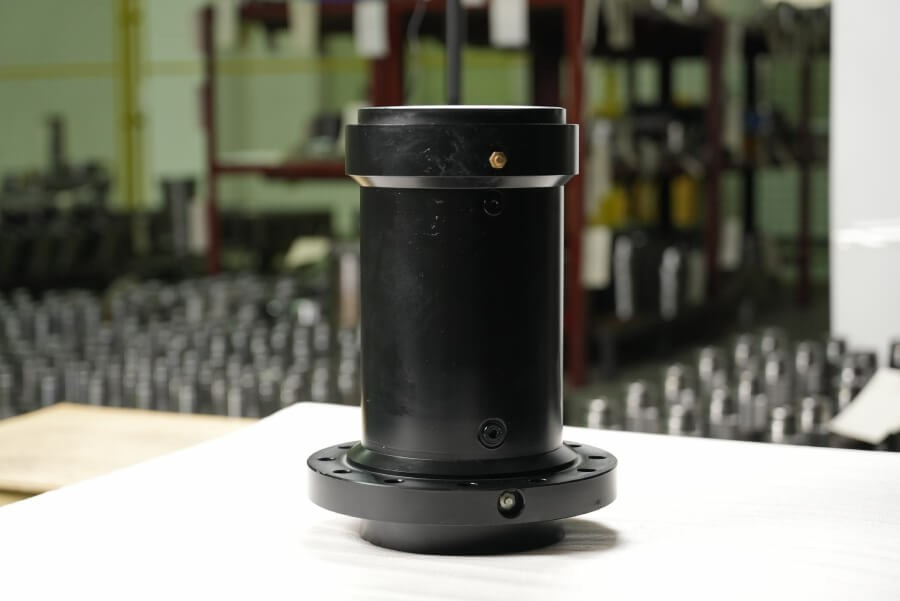Choosing the right 90-degree rotary actuator is crucial for ensuring your project’s success. The right actuator can enhance performance, efficiency, and reliability. Here’s a detailed guide to help you make an informed decision.
1. Understand Your Application Requirements
-
Load Capacity and Torque:
- Load Capacity: Assess the maximum load the actuator needs to handle. Ensure it can manage both static and dynamic loads.
- Torque Requirements: Calculate the torque required to initiate and sustain movement. Consider factors like friction, inertia, and load variations.
- Safety Margins: Always choose an actuator with a safety margin to handle unexpected load increases or operational stresses.
-
Rotational Speed:
- Define the maximum and minimum rotational speeds required.
- Consider whether speed needs to be variable and if precise speed control is necessary.
- Evaluate speed in the context of the entire system to ensure synchronization with other components.
-
Cycle Time:
- Determine the required cycle time, which is the time taken for the actuator to complete a 90-degree rotation.
- Ensure the actuator can handle rapid cycling if needed, and verify if it can maintain performance under continuous operation.
2. Evaluate Environmental Conditions
-
Temperature Range:
- Confirm that the actuator can operate within the environmental temperature extremes.
- Check for thermal protection features if the application involves significant temperature variations.
-
Exposure to Elements:
- If the actuator will be exposed to dust, moisture, chemicals, or other harsh conditions, ensure it has appropriate sealing (e.g., IP ratings).
- Consider materials that resist corrosion and wear.
-
Vibration and Shock:
- Ensure the actuator can withstand any vibration or shock loads. Look for rugged designs and shock-absorbing features.
3. Assess Power and Control Options
-
Power Source:
- Choose between electric, pneumatic, or hydraulic actuators based on available power sources and specific performance requirements.
- Electric actuators offer precise control, while pneumatic and hydraulic actuators are preferred for high force applications.
-
Control System Compatibility:
- Verify compatibility with existing control systems. Look for actuators with suitable communication interfaces (e.g., CAN, Modbus, Ethernet).
- Consider the need for feedback systems such as encoders or potentiometers for precise positioning.
4. Consider Space and Mounting Constraints
-
Size and Form Factor:
- Ensure the actuator fits within the physical space available. Check dimensions and installation clearances.
- Compact actuators may be necessary for tight spaces.
-
Mounting Options:
- Assess the mounting options available. Options include flange, foot, face-mounted, or custom mounts.
- Ensure the mounting configuration aligns with the mechanical design of your system.
5. Review Performance Specifications
-
Precision and Accuracy:
- Determine the level of precision and accuracy required for your application.
- High-precision tasks may require actuators with fine resolution, minimal backlash, and high repeatability.
- Durability and Lifespan:
- Evaluate the expected lifespan and reliability of the actuator, especially under continuous operation or high-duty cycles.
- Consider the mean time between failures (MTBF) and maintenance intervals.
6. Budget Considerations
-
Initial Cost vs. Total Cost of Ownership:
- Balance the initial purchase cost with long-term operational costs, including maintenance, energy consumption, and potential downtime.
- Sometimes a higher initial investment in a quality actuator can lead to lower overall costs due to increased reliability and efficiency.
-
Maintenance Costs:
- Consider the ease of maintenance and availability of spare parts. Actuators that are easier to service can reduce downtime and maintenance costs.
7. Manufacturer Reputation and Support
-
Reliability and Quality:
- Choose actuators from reputable manufacturers known for high-quality products and reliable performance.
- Look for certifications and industry standards that the manufacturer adheres to.
-
Technical Support and Service:
- Evaluate the level of technical support and after-sales service provided by the manufacturer.
- Check if the manufacturer offers comprehensive documentation, training, and support for troubleshooting and repairs.
Checklist for Choosing the Right 90-Degree Rotary Actuator
- Load Capacity:
- Maximum load
- Required torque
- Safety margins
- Performance:
- Rotational speed
- Cycle time
- Speed control
- Environmental Conditions:
- Operating temperature range
- Exposure to elements (dust, moisture, chemicals)
- Vibration and shock resistance
- Power and Control:
- Type of actuator (electric, pneumatic, hydraulic)
- Control system compatibility
- Feedback systems
- Space and Mounting:
- Size and form factor
- Mounting options (flange, foot, face-mounted)
- Specifications:
- Precision and accuracy
- Durability and lifespan
- Budget:
- Initial cost
- Total cost of ownership
- Maintenance costs
- Manufacturer:
- Reliability and quality
- Technical support and service
Conclusion
By carefully considering these factors, you can select a 90-degree rotary actuator that perfectly fits the specific needs of your project. This ensures optimal performance, reliability, and efficiency, contributing to the overall success of your application.

